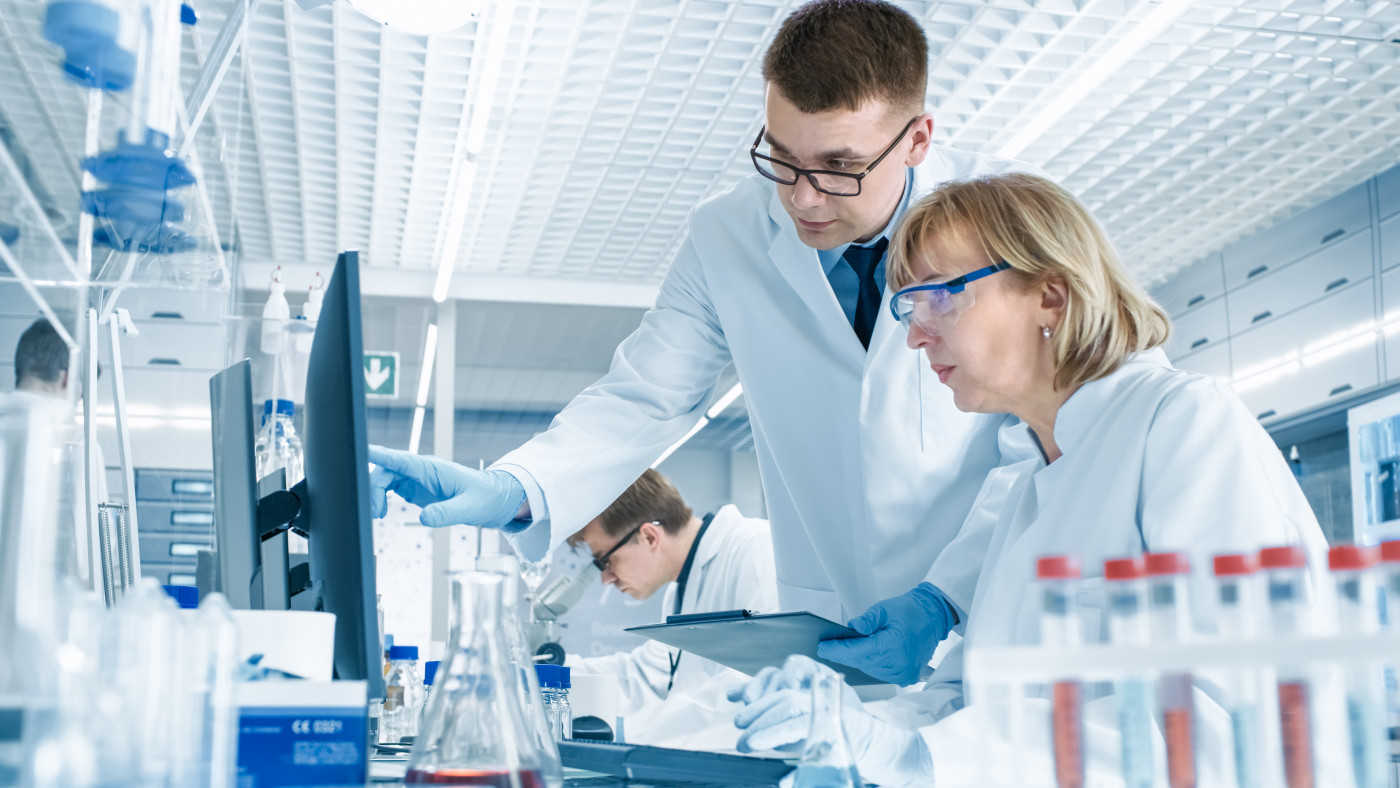Higher Serum BMP-2 Levels may be Linked to the Development of Ankylosing Spondylitis, Meta-Analysis Shows

While serum levels of sclerostin — a protein that regulates bone formation — are identical in patients with ankylosing spondylitis and healthy individuals, serum BMP-2 levels are higher in patients, suggesting a link between these bone-promoting cells and disease development, a meta-analysis study has found.
The study, “Serum Sclerostin and Bone Morphogenetic Protein-2 Levels in Patients with Ankylosing Spondylitis: A Meta-Analysis,” was published in Calcified Tissue International.
Ankylosing spondylitis (AS) is a debilitating type of arthritis that mainly affects the joints of the spine, causing chronic pain and lifelong physical disability.
“Since new bone formation is confirmed to be the main cause of spinal deformity and function loss in AS, there has been substantial interest in investigating the role of biomarkers that are implicated in osteoblastogenesis (production of cells responsible for bone formation), such as sclerostin and bone morphogenetic proteins (BMPs), in AS development,” the researchers wrote.
Sclerostin is a protein produced by bone cells that is responsible for reducing the formation of bone, while BMPs, in particular BMP-2, are involved in the differentiation of bone-progenitor cells and are known to stimulate the formation of bone and cartilage.
“Recently, the association of serum sclerostin or BMP-2 levels with AS have been investigated by plenty of studies, however, the results were inconsistent,” the investigators wrote.
This meta-analysis study focused on summarizing the main findings of studies assessing the possible relationship between the levels of sclerostin and BMP-2 in the serum of patients with AS.
Literature search in several online databases — including PubMed, Medline, Embase, Cochrane Library, Web of Science, China National Knowledge Infrastructure, WANFANG (a Chinese database), and VIP (a Chinese database) — yielded a total of 197 potentially relevant studies that were published before November 2018. After further screenings, a total of 21 studies were selected to be included in the final meta-analysis.
Overall, no significant differences were found between the levels of sclerostin in the serum of AS patients and healthy individuals. Conversely, the levels of BMP-2 in the serum of AS patients tended to be higher than those from the controls.
Subgroup analysis revealed the levels of sclerostin and BMP-2 in the serum of AS patients were associated with demographic region: European and South American patients tended to have lower levels of sclerostin than controls, while Chinese and Korean patients had higher levels of BMP-2 compared with controls.
In addition, subgroup analysis also revealed that AS patients who were older than 40, had an erythrocyte sedimentation rate (ESR) lower than 20 mm/h, and Bath Ankylosing Spondylitis Functional Index (BASFI) scores lower than four (with zero corresponding to low functional limitations and 10 suggesting high functional limitations) had significantly lower levels of sclerostin compared with healthy subjects. The ESR is the rate at which red blood cells start forming clots; the normal range is 0–22 mm/h for men and 0–29 mm/h for women.
Moreover, AS patients who had less than 10 mg/L of C-reactive protein (CRP) also had higher levels of BMP-2 compared with healthy controls. CRP is a protein whose levels increase in response to inflammation. Normal CRP values are less than 10 mg/L. Values higher than 10 mg/L could indicate the presence of a serious infection, trauma, or chronic disease.
“In conclusion, serum sclerostin levels are not significantly different between AS patients and healthy controls, and serum sclerostin levels in AS are associated with region, age, ESR, CRP (and) BASFI …. Serum BMP-2 levels in AS patients are higher than that in healthy controls, and are influenced by CRP. Serum BMP-2, but not sclerostin levels may be closely related to the development of AS,” the scientists concluded.






